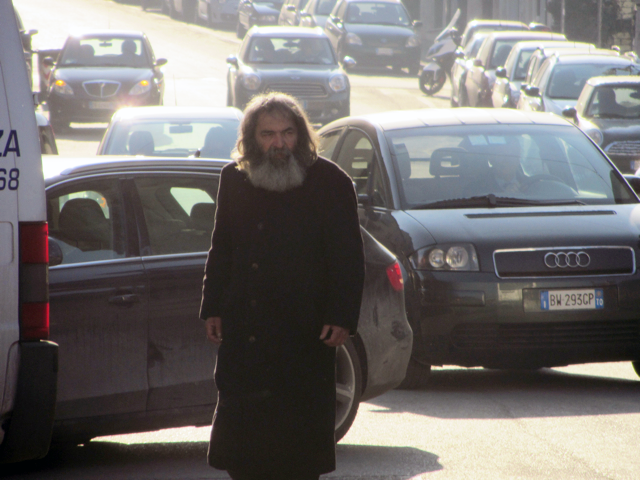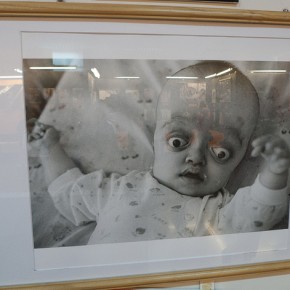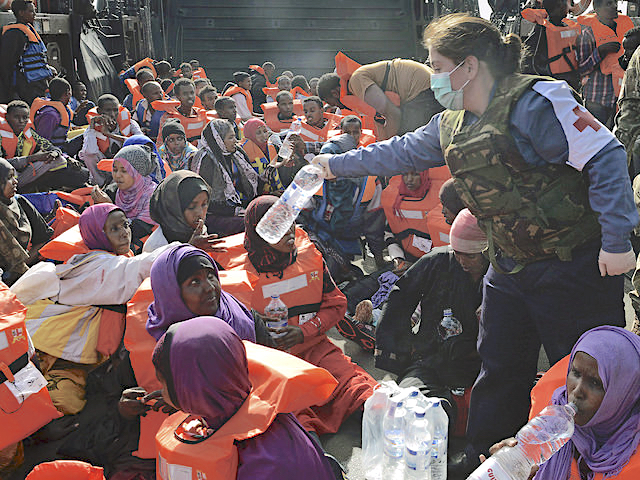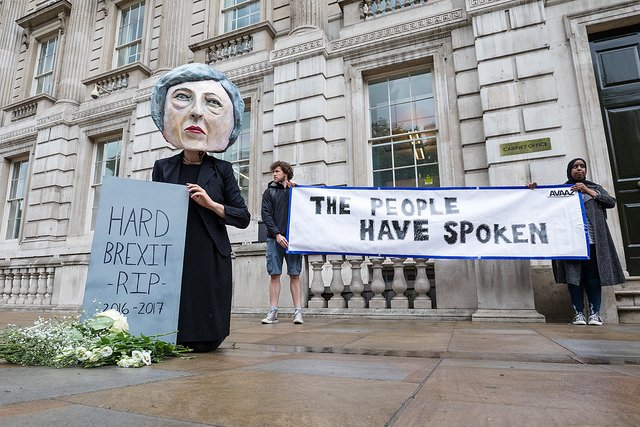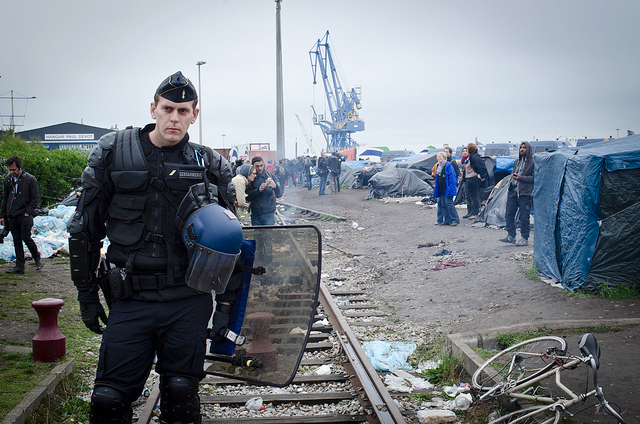They call it “poverty porn.” Published in The Guardian, an August 14th feature discloses the results of an Advertising Standards Authority survey, warning British charities against using severe imagery in adverts intended to highlight homelessness. Accordingly, using photos of compromised persons constitutes “shock tactics” that risk “exploiting” their subjects, and putting off the public.
The narrative is a familiar one. How best might we publicize the plight of society’s most vulnerable? Such questions are especially loaded in the context of the United Kingdom, which, since the Thatcher era began over three decades ago, has witnessed an increasing divide between halves and have nots. Successive governments, both Tory and Labor, followed its lead, progressively chipping away at the country’s welfare state, relinquishing responsibility for government-run services in favor of the private sector.
To push imagery of homeless people into the public eye shines an unwanted light onto this process. One which is especially accelerated now, as the UK weathers its fifth consecutive year of economic crisis, under a radicalized Tory leadership determined to finalize Britain’s transition to a full market economy. Hence our decision to follow up The Guardian article with several photographs, shot in England and in Italy, this last year. Though having different origins, few EU countries are struggling with as parallel a slowdown as those taking place in these otherwise different economies.

London is renown for its high cost of living. Though rich and poor still live side by side, for example, in council housing located in otherwise wealthy areas, the city’s prohibitively high prices often amount to a homogenous viewing experience. Rarely does one encounter severe instances of economic difference, such as that f a homeless person dining on food from a rubbish bin. However, it’s growing more common.

If you’ve ever vacationed in Italy, you’ll surely have encountered persons begging (see the lead image,) or trying to sell you things at stoplights. Ranging from tissues to lighters and, most frequently, flowers, the experience can be jarring, especially as there are few such parallels in North America or the UK. To make it even more confusing, the sales people tend to be Arab, or South Asian, like this street vendor, in Turin.

Leave it to Brixton to offer heart-wrenching images of inequality. Though increasingly gentrified, the south London borough is still home to an economically diverse population. Alongside white collar workers with gigs in central London, you’re just as likely to meet disabled, and, from the looks of it, homeless people, like this hooded man panhandling on the High Street.
Shocking, isn’t it? Yes, because no disabled person should ever be forced out onto the street like this. It’s not the editorial choice of image that’s to blame for it being risqué . Reality, or so it seems, is what’s pornographic. Poverty is like that. If you refuse to acknowledge it, any sort of disclosure is going to be unsettling. Including, ironically comparisons of the United Kingdom to Italy.
Photographs courtesy of the author
